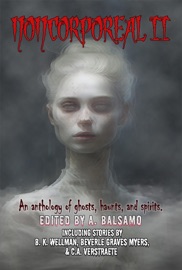Practical Guide to Learning Italian
This guide focuses on giving you the fundamental grammar needed to form simple, correct Italian. We believe the best way to start is by focusing on the core structure of the language, not by memorizing huge vocabulary lists.
That's why this guide intentionally uses a limited set of words. This allows you to concentrate on how the language works, enabling you to build your own simple sentences rather than just repeating memorized phrases.
Think of this not as a complete course, but as your quick-start guide. It's designed to help you build a solid foundation quickly, giving you the confidence you need to continue learning.
By the end of this guide, you will understand the core components of Italian and how to use them together in basic communication.
Your Learning Path
The guide is structured to lead you logically through the language's foundation:
•Nouns: Learn how every Italian noun has a gender (masculine/feminine) and number (singular/plural), and how to use articles correctly.
•Reading Italian: Learn the rules of Italian pronunciation, including the sounds of letters and common combinations, to read any word aloud correctly.
•Writing in Italian: Understand the basic rules of capitalization, the use of accents and apostrophes, and correct punctuation.
•Sentence Structure: Learn the standard word order (SVO), how to form questions, and the basics of constructing sentences.
•Verbs: Conjugate essential regular and irregular verbs in the present tense, and learn to use key modal verbs.
•Adjectives: Discover how adjectives change their endings to match the gender and number of the nouns they describe.
•Pronouns: Use subject pronouns and learn the basics of other pronouns that replace nouns in a sentence.
•Prepositions: Apply common small words like a, di, in, and con to connect ideas and express relationships.
•Other Types of Words: Get familiar with other essential elements like adverbs that help you build more precise sentences.
•Tenses: Get an introduction to the basic past and future tenses to move beyond the present moment.
Your Learning Tools
To aid your practice, key chapters conclude with Study Sheets for reviewing the most important concepts and vocabulary.






